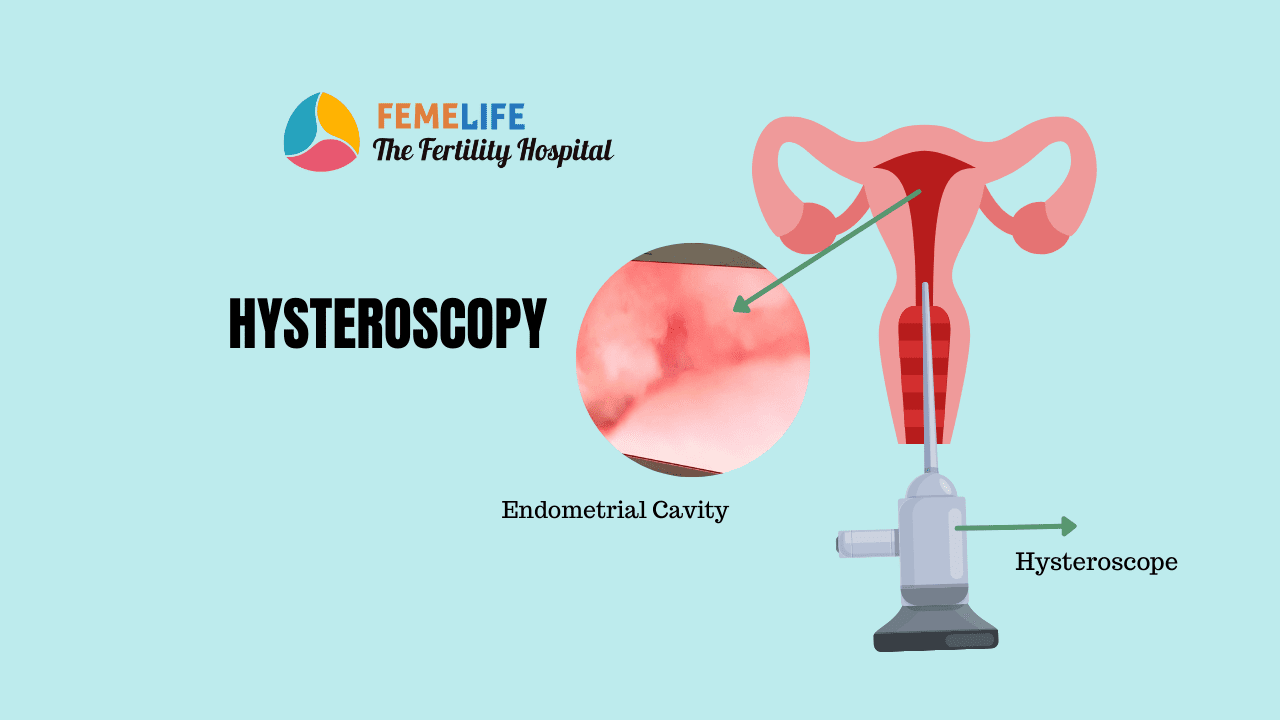Medicine Review MCQs-VI
Contents
- 1 Erythropoietin belongs to which of the following?
- 2 Which is the major extra-renal site of Erythropoietin production?
- 3 All of the following are CORRECT about Erythropoietin EXCEPT:
- 4 We should consider administration of Erythropoiesis-stimulating agents when the Hb level becomes ---------- g/dl in dialysis patients.
- 5 Most dialysis patients who are treated with ESAs, advised to maintain Hb levels between -------------
- 6 Anemia is defined by WHO as a hemoglobin (Hb) concentration ---------- for premenopausal females
- 7 Longest half life of ESA -
- 8 Hemoglobin A- represents approximately ---------- of circulating hemoglobin.
- 9 Reticulocyte hemoglobin concentration of less than ---------- support iron deficiency in the setting of inflammation
- 10 Which of the following is used as an iron replacement to prevent anemia in patients with chronic kidney disease who are on dialysis?
Erythropoietin belongs to which of the following?
Glycoprotein hormone
Which is the major extra-renal site of Erythropoietin production?
Liver
Liver production predominates in the fetal and perinatal period
Renal production predominates in adulthood.
All of the following are CORRECT about Erythropoietin EXCEPT:
Half-life in blood around 5 h
We should consider administration of Erythropoiesis-stimulating agents when the Hb level becomes ---------- g/dl in dialysis patients.
We should consider administration of Erythropoiesis-stimulating agents when the Hb level becomes <10 g/dl in dialysis patients.
For patients on dialysis, ESAs should be initiated for an Hb <10 g/dL and the dose should be reduced or interrupted when the Hb level approaches or exceeds 11 g/dL
Most dialysis patients who are treated with ESAs, advised to maintain Hb levels between -------------
Pooled analysis of nine randomized control trials on patients with chronic kidney disease indicates that patients have higher mortality and morbidity from cardiovascular-related events when the hemoglobin falls below 10 g/dL.
There was no benefit in survival in patients treated with Erythropoiesis-stimulating agents when the hemoglobin exceeded 13 g/dL,
Target hemoglobin levels and optimal levels generally fall between 11 and 12 g/dL with the knowledge that higher doses of ESAs may increase the risk for thrombotic events.
In most dialysis patients who are treated with ESAs, we maintain Hb levels between 10 and 11.5 g/dL. We do not target an Hb concentration >13 g/dL. Our practice is consistent with the KDIGO 2012 guidelines
Anemia is defined by WHO as a hemoglobin (Hb) concentration ---------- for premenopausal females
Anemia is defined by WHO as a hemoglobin (Hb) concentration <13 g/dL for adult males and postmenopausal females and an Hb concentration <12 g/dL for premenopausal females
Longest half life of ESA -
Darbepoetin-α and methoxy polyethylene glycol-epoetin β (Continuous Erythropoietin Receptor Activator; CERA) were registered in 2010 and 2011 respectively, all for use during the predialytic phase of CKD.
Epoetin-α and -β are short-acting ESAs, and darbepoetin-α and CERA are long-acting ESAs.
Hemoglobin A- represents approximately ---------- of circulating hemoglobin.
Hemoglobin A- represents approximately 98% of circulating hemoglobin.
Reticulocyte hemoglobin concentration of less than ---------- support iron deficiency in the setting of inflammation
The challenge is the diagnosis of iron deficiency in the setting of the anemia of inflammation
Tests support iron deficiency in the setting of inflammation: a reticulocyte hemoglobin concentration of less than 28 pg
Which of the following is used as an iron replacement to prevent anemia in patients with chronic kidney disease who are on dialysis?
Ferric pyrophosphate citrate is used as an iron replacement to prevent anemia in patients with chronic kidney disease who are on dialysis.







